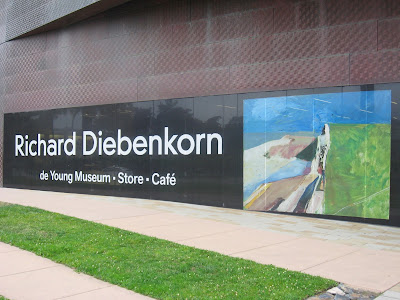 |
| Rafael Nadal / Thirteen is an amazing number. |
When Rafael Nadal won the 2013 U.S. Open singles championship last week with a convincing 6-2, 3-6, 6-4, 6-1 victory over his new arch rival, No. 1 Novak Djokovic, it marked the completion of a remarkable comeback that even the 27-year-old Spaniard would deem astonishing.
Nadal won in 3 hours and 20 minutes on a hard court surface that, while it remains his least favorite, he has been a perfect 22-0 on this summer.
What an enjoyable run it has been for Nadal. He has won two Grand Slams, eight other ATP titles and amassed a 61-3 record in 2013. Then, last weekend, he kept his commitment to represent Spain in the Davis Cup playoffs and contributed wins in both singles and doubles that clinched a berth for his country in the 2014 World Group.
Consider this: A year ago, Nadal watched the U.S. Open from his home on the Spanish island of Majorca, his knees battered and his ego bruised. His 2012 ended unceremoniously with an early, second-round exit from Wimbledon, and he didn't play again until February of this year. Following Nadal via social media, his fans worldwide feared the worst for their beloved hero and many turned away from tennis altogether.
After skipping the Australian Open, Nadal resurfaced after a seven-month sabbatical to play in a clay-court event in Chile. Although he didn't win in his first tournament back on tour, he began to reinvent himself.
 |
| The hands of a champion. |
Soon, Nadal began to win nearly every tournament in sight: Sao Paulo, Acapulco, Indian Wells, Barcelona, Madrid, Rome, Roland Garros, Montreal and Cincinnati leading up to the U.S. Open. His only setback on clay was losing to Djokovic in the final at Monte Carlo. It remains a mystery as to why he lost in the first round on grass at Wimbledon after a successful clay-court season. However, throughout much of the year, Nadal has looked more fit -- both mentally and physically -- and the mood, both in his camp and among his fans, improved tremendously with each title he won.
At the U.S. Open, the relentless Nadal, who by then had discarded his familiar knee wrap, was a favorite among fans and became a huge drawing card at Arthur Ashe Stadium. When he beat Djokovic in the final, he joyfully sobbed while rolling around on the surface of the world's largest tennis arena. Then, he basked in the glow of the lights shining down upon him as he hoisted the winner's trophy for a world-wide audience to enjoy. Before he flew home to Spain, Nadal made the rounds of the New York media, including an appearance on
PBS's Charlie Rose, clutching the trophy.
"For a few things, this is probably the most emotional one in my career," said Nadal, after winning his second U.S. Open crown. He has faced Djokovic in three of the last four Open finals. "I felt that I did everything right to have my chance here. You play one match against one of the best players in the history in Novak and No. 1 in the world on probably his favorite surface. I knew I had to be almost perfect to win. It means a lot for me to have this trophy with me today."
Although Djokovic enjoys an 11-7 edge on hard courts, he's managed to win only three of his 11 encounters in Grand Slams against Nadal, who now leads what many consider the most prolific series in Open era history 22-15.
After losing to No. 2 Nadal on a cool evening in Arthur Ashe Stadium, Djokovic praised his opponent, saying: "He was too good. He definitely deserved to win this match and this trophy."
 |
| At work chasing after No. 1. |
Nadal now owns 13 major titles, which places him third all-time behind Roger Federer (17) and Pete Sampras (14). Nadal has won eight French Opens, two Wimbledons, two U.S. Opens and one Australian Open. He has won at least one Grand Slam title in each of the past nine years, and he holds a winning record against his biggest rivals -- Djokovic, Federer and Andy Murray. So, his chances of catching -- and, maybe, surpassing -- Sampras next year are very good. And, if his knees remain healthy, why shouldn't he be in the conversation about catching and surpassing Federer?
"Thirteen is an amazing number," said Nadal, whose self-belief and competitive nature on the court are among his biggest attributes and contributes to his immense popularity among tennis fans. Adds Djokovic: "He's definitely one of the best tennis players to ever play the game."
Although Djokovic retained his No. 1 ranking despite losing the U.S. Open final, Nadal has a good chance of regaining the No. 1 ranking before the end of the year on the basis of accrued points over the past calendar year. Indeed, there's still a lofty goal for Nadal to achieve before the end of the year -- returning to a form and structure that lifted him to become the No. 1-ranked player twice, in 2009 and again in 2011, totaling 102 weeks at the top of the tennis world.
"Let me enjoy today," Rafa told reporters after winning the U.S. Open when asked about "greatest-ever" comparisons. "For me, is much more than what I ever thought. Means a lot this one for me. I will say the same like I do every time. I'm going to keep working hard, doing my things to have more chances in the future."
Photographs of Rafael Nadal courtesy of AFP/Getty Images.










